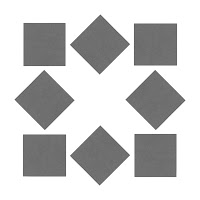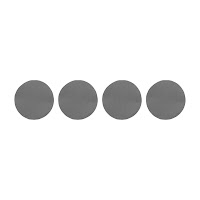His full name is Charles Spencer Chaplin.
He was born on April 16th, 1889 in London, England.
He and his older brother began careers as actors to fend for themselves after their father's death and mother's illness.
Chaplin came to the United States in 1910 with the Fred Karno Repertoire Company as a vaudevillian comedian.
In 1917, he decided to become an independent producer so that he could have more say in his movies. He started the construction of his own personal studio: Charlie Chaplin Studios in Los Angeles. (Now Jim Henson Studios)
Tillie's Punctured Romance was released in 1914. It was the first feature length comedy.
The Kid was released in 1921.
Chaplin created his iconic character, known as The Tramp for
Mabel's Strange Predicament in 1914. However, he was first seen in
Kid Auto Races at Venice, which was filmed after
Mabel, but released two days before.
The Tramp is associated with silent film. He was last seen in
Modern Times, where he was given a voice at the end of the film, in the form of a gibberish song.
Characterized with a bowler hat, mustached, cane, large shoes, baggy pants, bow-tie, tight coat jacket, and thick eye makeup.
and a bonus -
here's his signature
Beautiful handwriting.







































































